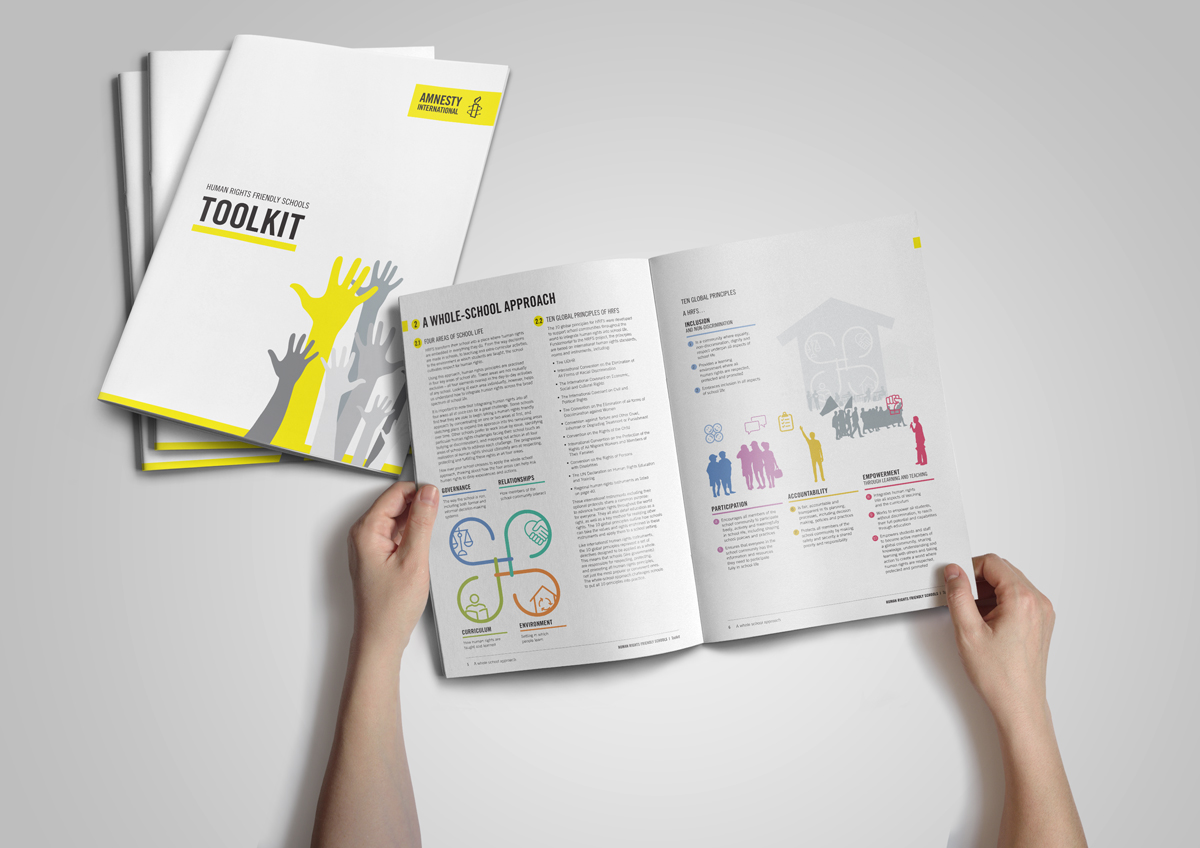In the development sector, toolkits refer to a set of information that is brought together with the aim of providing guidelines for best practice or to orient the implementation of a model or service.
The art of making toolkits
During the past six months I have been involved in the process of developing a toolkit while working as part of the team of Community Works. In the development sector, toolkits refer to a set of information that is brought together with the aim of providing guidelines for best practice or to orient the implementation of a model or service. They contain one or more documents that present procedures and methodologies related with a given approach, as well as practical exercises, reflection questions or recommendations to be used as tools by implementers. Toolkits are helpful for organisations that are expanding or scaling up their model, serving as a way of transmitting the information and orienting decision-makers or program managers. Also as a training guide or textbook for field-based workers.
Throughout this process I noticed two ideas and I would like to share them with you. First, the knowhow and experience of Community Works has led its team to develop toolkits as an art. Knowing what needs to be done, Community Works has the capacity to facilitate a consultation process – not as a method that follows rigid steps, but as an artistic endeavor oriented to create a document as a product. This is similar to the case of an architect who goes through a creative process with the aim of designing a building or structure with a functional design.
Second, the toolkit development process has the power to generate an intangible and sometimes unexpected result: the growth and development of the organisations and actors involved. Besides creating documents and materials, the process itself operates as a platform for organisations to reflect and discuss, as well as bring together experiences and ideas. Toolkit development serves as a ‘mirror’ – reflecting gaps, strengths, and points where operational decisions need to be made. Although this might be confronting, it also serves as an invitation for development and growth.
Toolkits as an art
Approaching toolkit development as an art relies on the ability of learning the rules first. Throughout the experience of creating toolkits, Community Works’ members have learnt what works best. Examples are the importance of doing fieldwork and talking to those delivering and receiving the service, asking for the necessary documents and materials and knowing how to ask the right questions. Once it is clear how to combine these elements and how to navigate oceans of information, the possibility for creation intensifies. With experience comes the ability to identify patterns without trying to control the non-linearity and other characteristics that require an artist’s mindset to approach this process.
The non-linearity of the process, the diversity of voices and information, the language, as well as the challenge of finding a balance between graphics, images and text, require more than following a recipe’s steps. Connecting the dots and bringing the different threads together is not the work of an isolated artist, or of Community Works on its own, but a process in which all the actors involved are immersed.
Toolkits as a mirror
Understanding toolkit development as a mirror, allows us to grasp its potential. Toolkits become an opportunity for growth since it is through the process of ‘telling the story’ that strengths, gaps and inconsistencies become evident. Besides allowing organisations to materialize their models, information and procedures to be shared with others, it serves as a platform for internal growth.
Has it happened to you that when ‘telling the story’ to others you might notice new elements you were not aware of before?
Well, something similar happens when developing a toolkit. Although things might seem clear and defined – divergent perspectives or things to be defined often show up. Furthermore, this process might bring together voices of people within an organisation that might have not shared a common space before. This is why toolkits might generate this ‘mirroring effect’, which might generate discomfort to the people and teams involved, including Community Works!
It was surprising to see how this ‘mirroring effect’ transcends the client/consultant divide, and turns into a process in which everyone is involved. In some cases Community Works asks questions or give recommendations that might contribute to the process of the client. However, in some occasions this happens the other way around. The questions and recommendations of the client end up enriching the content of the toolkit.
However – despite the temporary discomfort the process might bring, the good news is that it offers an opportunity for working out those situations. The urgency of decision-making needed for developing a toolkit, encourages the actors involved to discuss, reflect and decide what will be communicated in the documents. For example, some members of the client organisation might argue how partner organisations should follow the same data collection tools, while others will claim this is something for Project Managers to decide. During the process of making a toolkit this divergence might be identified, and members of the organisation are encouraged to make a decision with the aim of presenting this topic in a clear way.
Participating in a toolkit development process has been an inspiring experience, evidencing the richness that comes when bringing together different teams and groups of people. At the end, the mirror that reflects towards both sides evidences the power of dialogue between two individuals or groups of people. It is from this interaction, questioning and mirroring that gaps and tensions are identified. Although the process might be confronting, it also offers the possibility of growth by opening a space for discussion and negotiation. This also shows how dialogue serves to navigate chaos and messiness to arrive to a more clear, beautiful and functional design.

